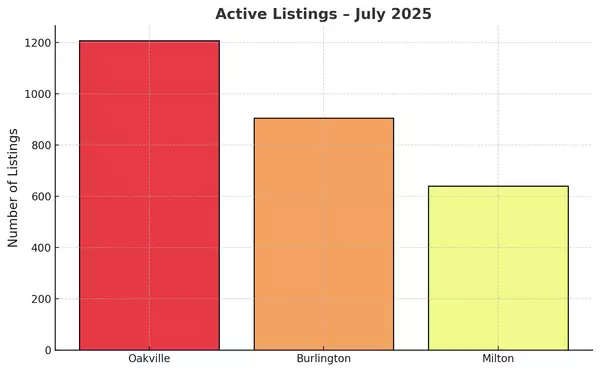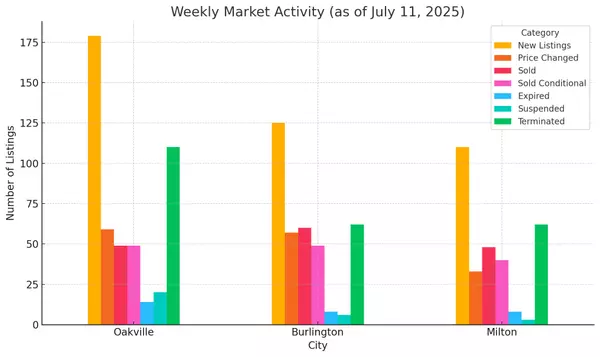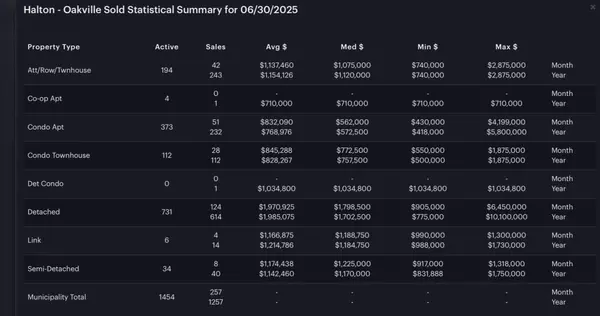Monthly vs. Weekly Market Updates: Which Is Right for You?
Monthly vs. Weekly Market Updates: Which Is Right for You?
Staying informed about the real estate market is like checking the weather before a big day out—you want the right information at the right time. But how often should you tune in? Should you look at the market every week, or is a monthly snapshot enough? Let’s break down the difference between monthly and weekly market updates, and when each one matters most.
What Are Monthly Market Updates?
Monthly market updates are the bread and butter for most real estate professionals and savvy homeowners. These reports usually include:
- Median home prices and price trends
- Number of homes sold
- Inventory changes
- Average days on market
- Bigger-picture economic factors
Because they’re based on a full month’s worth of data, these updates offer a clear, reliable snapshot of market trends. They help buyers and sellers see the forest, not just the trees—perfect for strategic planning, investment decisions, or understanding long-term shifts.
What Are Weekly Market Updates?
Weekly updates zoom in much closer. They track:
- New listings and price changes
- Open houses and showings
- Pending and closed sales
- Short-term fluctuations
Think of these as the market’s pulse, capturing the mood and momentum as it happens. Weekly updates are ideal for those who need to react quickly—active buyers, sellers with tight timelines, or agents managing multiple deals at once.
Key Differences: Monthly vs. Weekly
- Depth vs. Speed: Monthly updates show trends; weekly updates catch shifts as they happen.
- Audience: Monthly reports are great for investors and planners. Weekly ones are for those ready to act now.
- Data Volume: Monthly updates smooth out noise, while weekly reports can be more volatile but timely.
When Weekly Updates Are Crucial
Imagine a spring market when homes are selling in days, or a sudden economic event shakes up buyer confidence. In these moments, weekly updates are invaluable:
- Fast-moving markets: When prices or inventory change rapidly, weekly data keeps you ahead.
- Major announcements: Interest rate changes, policy shifts, or local news can cause immediate ripples.
- Competitive situations: Buyers and sellers need to know what’s happening right now to make smart moves.
When Monthly Updates Are Enough
Not every season is a sprint. In stable or slow-moving markets, monthly updates provide all the insight most people need. They’re also ideal for:
- Long-term planning: Investors and homeowners watching for bigger trends.
- General awareness: Those not actively buying or selling but interested in the market’s health.
- Reducing noise: If you want to avoid overreacting to every blip, monthly reports offer a calmer perspective.
Pros and Cons of Each
- Weekly Updates: Pros: Timely, actionable insights. Cons: Can be overwhelming or misleading if taken out of context.
- Monthly Updates: Pros: Reliable, trend-focused. Cons: May miss short-term opportunities or risks.
Choosing the Right Update Schedule
Ultimately, the best approach depends on your goals. If you’re in the thick of a transaction or navigating a hot market, weekly updates are your best friend. If you’re watching from the sidelines or planning for the future, monthly updates will serve you well.
Whatever you choose, staying informed means you’ll always be ready for what’s next—rain or shine.
Categories
- All Blogs 100
- bank of Canada 34
- Bronte Oakville Real Estate 30
- Burlington Real Estate Market 1
- Fear vs Opportunity 1
- Home prices in Burlington 26
- Home prices in Milton 26
- Home Prices in Oakville 35
- interest rate 32
- Milton Real Estate Market 1
- mortgage renewal 28
- Oakville Real Estate Agent 13
- Oakville Real Estate Market Trends 10
- Real Estate Market Update Oakville Burlington Milton 19
Recent Posts









